Section 1. Avian Influenza Facts
| Site: | Extension Foundation Online Campus |
| Course: | Avian Influenza Biosecurity for Backyard Flock Owners |
| Book: | Section 1. Avian Influenza Facts |
| Printed by: | Guest user |
| Date: | Monday, January 5, 2026, 7:27 AM |
Description
- Source and Transmission
- Agent Characteristics
- Virus Survival
- Clinical Signs in Birds
- HPAI H5N1
- Human Concerns
Table of contents
- An Introduction to Avian Influenza
- Source and Transmission
- Virus Characteristics
- Virus Survival
- Signs of AI in Birds
- Bird Flu - Highly Pathogenic Avian Influenza (HPAI) H5N1
- Avian Influenza Outbreaks in the U.S.
- UNICEF: HPAI H5N1 in Indonesia
- Can I Catch Avian Influenza From Sick Birds?
- Protecting Yourself
- Signs and Symptoms of AI in People
An Introduction to Avian Influenza
- Understand the basics of the avian influenza virus,
- Know virus subtypes and categories, and
- Recognize clinical signs of the virus.
In the following chapters you will learn more about avian influenza, prevention measures, response procedures, and recovery from an outbreak.

| Photo Credit: Jenny Madsen |
Source and Transmission
|
AI Reservoir and Host Transmission Figure Credit: Dr. Daniel Perez
|
How do birds get avian influenza?
|

CDC Image Library: Cynthia Goldsmith
|
Virus Characteristics
Subtypes: There are many different avian influenza (AI) viruses and they are characterized into subtypes based on two proteins found on the virus called hemagglutinin (H) and neuraminidase (N). 1,6 Birds can carry 144 possible combinations of influenza A subtypes. One very commonly occurring subtype is H5N1. |
 Adapted from CDC Image Library: Dan Higgins
|
Categories:
AI is also classified into two categories, Low Pathogenic Avian Influenza (LPAI) and Highly Pathogenic Avian Influenza (HPAI) based on the severity of the disease they cause.
- LPAI is the most common form of AI. Signs of disease range from none, to ruffled feathers and a decrease in egg production. Subtypes LPAI H5 and H7 are carefully monitored as they have been known to mutate into HPAI.
- HPAI is less common, but spreads rapidly in poultry flocks, causing severe illness, and can kill 90 - 100% of infected birds within 48 hours of exposure.
Virus Survival
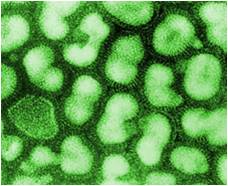 |
| CDC Photo Library: Erskine Palmer |
Avian influenza (AI) virus can survive outside a host for long periods depending on temperature and humidity of the environment.
The virus can live for up to one month inside a poultry house at 40 ºF.
It is important to undergo proper cleaning, decontamination, and disposal of litter, manure, and other contaminated products as the virus can linger on surfaces and in water.
AI is inactivated when heated to 158ºF for 1 hour or by exposure to disinfectants or extreme pH levels.
Signs of AI in Birds
Birds may have a variety of different signs:
|
Comb Discoloration 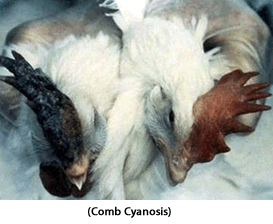 USDA Swollen Wattles 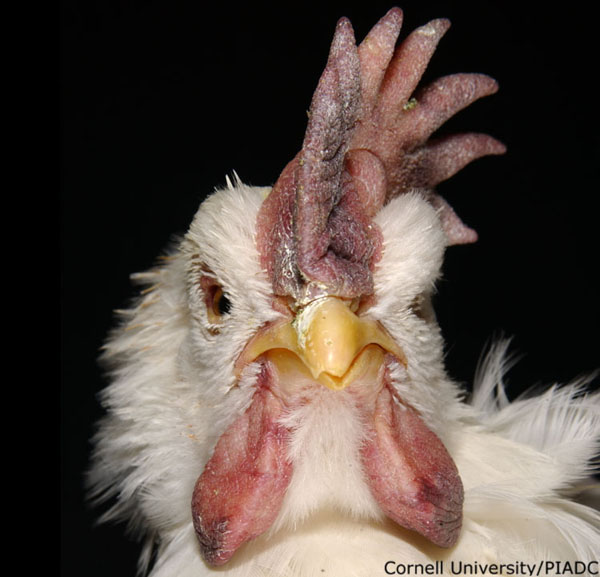 |
Bird Flu - Highly Pathogenic Avian Influenza (HPAI) H5N1
Bird flu is often used synonymously with avian influenza (AI), however, bird flu specifically refers to the HPAI H5N1 strain that has killed millions of birds. HPAI H5N1 is also one of the few avian influenza viruses that has crossed the species barrier and infected humans. Emerging from Hong Kong in 1997, it has caused the largest number of confirmed cases of severe disease and death in humans from an AI virus.2
More than 800 human infections with Asian HPAI H5N1 viruses have been reported to WHO from primarily 16 countries in Asia, Africa, the Pacific, Europe, and the Near East since November 2003. Indonesia, Vietnam, and Egypt have reported the highest number of human HPAI Asian H5N1 cases to date.4
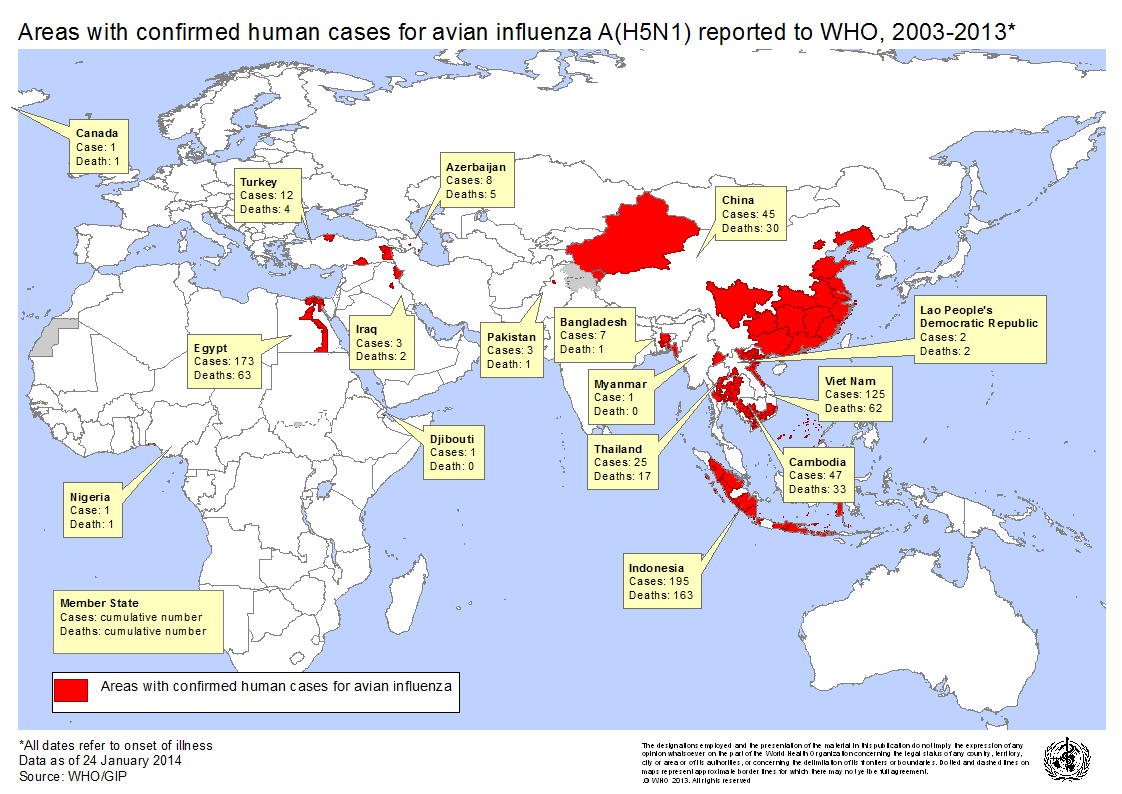
HPAI Asian H5N1 has not been reported in the United States, however, it is possible that bird flu could enter the country via migratory birds. In order for H5N1 to enter the United States, infected wild birds from Asia or West Africa would have to survive the disease and carry it to breeding grounds in the Pacific Islands, Alaska, or Canada. The virus would then have to pass to another species that migrates to the continental United States.6
Avian Influenza Outbreaks in the U.S.
While HPAI H5N1 has not been reported in the U.S. as of February 2011, outbreaks of other HPAI subtypes have occurred throughout the country. To date, there have been four outbreaks in the U.S. of HPAI occurring in 1924, 1983, 2004, and 2014. Several low pathogenic outbreaks have resulted in mass depopulations of poultry as well. Many of these cases are believed to have resulted from contact with AI-infected live bird markets and sharing equipment between farms.2 |

|
| Year |
Location |
Strain |
Losses |
| 1924-25 |
USA |
Unknown |
Unknown |
| 1983-84 |
PA, USA |
H5N2 |
17 million |
| 2004 |
TX, USA |
H5N2 |
9,000 |
| 2014-2015 | USA | H5N2, H5N8, H5N1 | 49 million |
Documented LPAI in Poultry6,22
| Year |
Location |
Strain |
Losses |
| 1978-1995 |
MN |
Various LPAI |
1199 Farms |
| 1995 |
MN | H9N2 |
178 Farms |
| 1995 |
UT |
H7N3 |
2 million (60 Farms) |
| 2002 |
VA |
H7N2 |
4.7 million (197 Farms) |
| 2004 |
DE, MD, PA |
H7N2, H2N2 |
400,000 |
UNICEF: HPAI H5N1 in Indonesia
| |
Can I Catch Avian Influenza From Sick Birds?
- AI viruses generally do not cause disease in humans; however, cases of human infection have been reported.2
- Most human infections resulted from direct contact with feces and fluids of infected poultry to the person's mucus membranes (e.g. eyes, nose, and mouth). For example, not washing your hands properly after handling infected poultry and then rubbing your eyes could potentially result in infection.
- Transmission of AI virus from person to person is rare.
- In the U.S., commercial poultry that have tested positive or have been exposed to avian influenza will not go to market. Even if poultry and eggs were contaminated with the virus, proper cooking would kill the virus. Use a food thermometer to make sure you cook poultry to a temperature of at least 165°F. Eggs should be fully cooked without any runny yolks.7

Protecting Yourself
- Use gloves when handling sick or dead birds (for greater protection wear goggles and face masks).
- Avoid contact with droppings and do not touch your mouth or eyes with your hands while working.
- After handling sick or dead birds, change and launder your clothes and always wash your hands with soap and water or gel sanitizer when done.7
In 2007, the Food and Drug Administration (FDA) approved an avian influenza vaccine against one strain of HPAI H5N1 for humans; however, it is not currently available to the public. In the event of a pandemic, the government will distribute the vaccine as needed. |
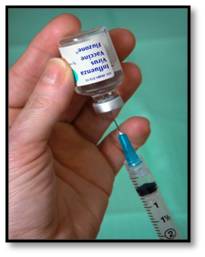 CDC Photo Library: Jim Gathany |
Signs and Symptoms of AI in People
Signs and Symptoms:2
|
 |
Laboratory tests are used to diagnose avian influenza infection in humans by swabbing the patient's nose or throat. Samples are then sent for diagnostic testing to verify the presence or absence of virus.7
If found to have avian influenza, you will be treated with antiviral medications such as oseltamivir (Tamiflu®) or zanamivir (Relenza®). Treatment strategy and drug effectiveness continue to be evaluated.
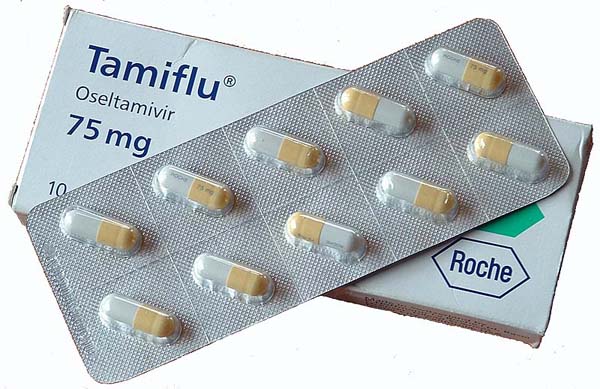
Wikipedia: Moriori